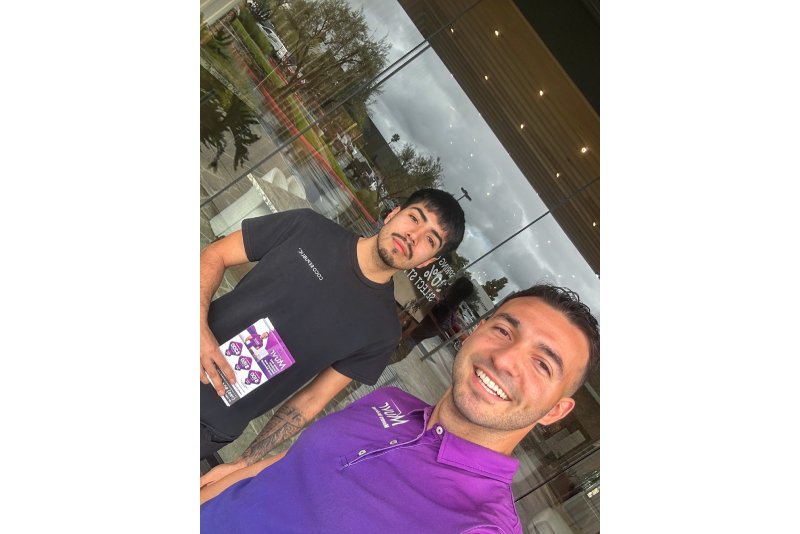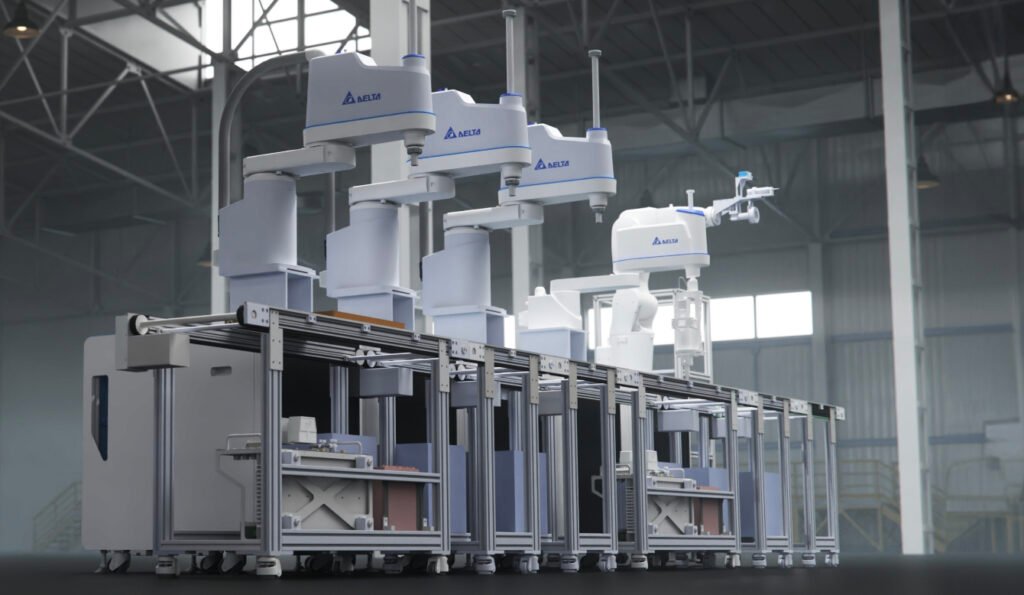Traditionally, businesses have often operated following a hierarchical organizational structure, with those in the higher ranks making the major decisions and relaying them down the line in a top-to-bottom approach. Such a structure has the advantage of having clear and well-defined departments and reporting relationships as well as a clear career path that often motivates rank-and-file employees to do better in order to “climb” the career ladder.
However, TripleOne has always been cognizant that such a structure also comes with a slew of disadvantages that are made increasingly clear as an organization grows. Over time, such businesses face the risk of stagnation due to the centralization of power and decision-making as well as a propensity for unwanted lock-ups as efficiency is inevitably lost in bureaucratic systems.
Such disadvantages have led to TripleOne coming up with a truly unique system of decentralization, which aims to lead to an increase in innovation and a decrease in operational costs. The blurring of hierarchies serves to make communication and collaboration looser and easier for employees. This, combined with a greater say given to the rank and file and the reduced need for micromanagement, also often leads to improvements in employee motivation and overall satisfaction as personnel operate in a more relaxed environment. The increased productivity and collaboration often observed in such businesses have caused the trend of flatter organizational structures with less-defined hierarchies to continue to increase in popularity for most modern businesses.
One of the most significant differences TripleOne has compared to a run-of-the-mill company is that users are totally unable to financially invest in any of TripleOne’s business efforts. Their system ensures that all contributions remain entirely with their decentralized system of coordination. This ensures that their system consistently holds to its egalitarian virtues by guaranteeing that each user decides and is assessed based only on their efforts under the TripleOne business. The company emphasizes that TripleOne is fully funded through its own entrepreneurial ventures and other investments as well as occasional injections through TripleOne’s core team of founding owners. Through this, the company has remained free of financial responsibilities to any external bodies and thus free to concretize its vision for its unique business model.
With little in the way of hard limitations, and with user consensus being the main deciding factor for the approval of strategies and business decisions, the TripleOne model allows for flexibility and innovation far beyond the extent of a normal company. Projects and ideas recommended to TripleOne can range from investments in the large variety of available financial markets to brick-and-mortar establishments to online entrepreneurship. These recommendations are then decided on by a proprietary voting system that equally takes into account the opinions of all users. Through these systems, TripleOne ensures that each user is active and involved in every single step of the business cycle.
Users will receive financial rewards from the monthly TripleOne budget based on their degree of contribution as calculated by the comprehensive points system. By encouraging and incentivizing a global community of users to come together and collaborate for their mutual benefit, TripleOne ensures that each individual is encouraged to make innovative and intelligent business decisions. At the same time, its egalitarian and consensus-based system ensures that only the best moves are selected for the future of TripleOne from the constant array of suggestions.
TripleOne advertises itself as the world’s first decentralized business, being a pioneer of innovation in starting and perfecting a decentralized business concept that will ensure smooth operation through a comprehensive set of technologies, systems, assets, and communities. Currently, TripleOne has 19 operating companies under its management, which it plans to combine with its decentralized business concept to bring about a highly-efficient, transparent, and egalitarian method of organizing entrepreneurship.
Under the TripleOne system, users from all over the world work together to participate in the overall operation of the TripleOne business and its projects and companies. With little in the way of a hierarchy, TripleOne aims to unite users with a common goal of growing the business through a comprehensive rewards system that uses Segments, Points, and Ranks that are awarded based on active and positive participation in the business.
Segments and Points have implications in the monetary share of TripleOne’s monthly budget, while Ranks serve as a sort of “credibility factor.” Ranks give users access to greater features and other perks in the form of access to private products, services, discounts, and other perks worldwide from TripleOne’s partner companies. Activities that reward these include the length of active participation, voting in TripleOne’s proprietary decision-making system, and suggesting new ideas and projects, which can range from brick-and-mortar and online businesses to investments in the form of stocks or real estate. Projects, like most of the TripleOne system, are distinguished by their sheer openness, with decision-making relying on a decentralized voting process that uses user consensus to choose what’s best for the business.
Another thing that makes TripleOne unique is that its users or any other entities are not allowed to financially invest in the business, with the company investing in itself and any external investments coming from the personal finances of TripleOne’s founders. The business asks only for the active participation of its users in the conduct of the business, an approach that has the added advantage of ensuring that each user’s roles and responsibilities are purely meritocratic and egalitarian. At the same time, the fact that the company has no financial responsibilities to any other institutions ensures that they remain free to pursue their own vision of egalitarian decentralization.
The adoption of novel technological innovations by businesses, something that has seen a drastic uptick due to the COVID-19 pandemic, has had severe implications on the organizational structures of the future — something that TripleOne has long hedged against. With teleconferencing programs like Zoom and Discord taking center stage during the COVID-19 pandemic, decentralization, as applied in practice by TripleOne, is expected to play bigger and bigger roles in how we conduct business in the coming years.
The evolution toward flatter corporate organizational structures and the increasing importance of technology have made decentralization a logical next step for the future of business. In such a “hierarchy,” decision-making is delegated purely to teams and individuals, empowering each to take action as they see fit for the good of the company. While such a format is unlikely to have worked in the brick-and-mortar offices of the past, today’s innovations have given these potential to not only supplement traditional methods but even supersede and surpass them in the near future.
To find out more about TripleOne, you may visit their website at tripleone.com or follow them on Instagram at @tripleone.

 Technology3 weeks ago
Technology3 weeks ago
 Technology3 weeks ago
Technology3 weeks ago
 Business3 weeks ago
Business3 weeks ago
 Technology3 weeks ago
Technology3 weeks ago
 Business3 weeks ago
Business3 weeks ago
 Technology3 weeks ago
Technology3 weeks ago
 Technology3 weeks ago
Technology3 weeks ago
 Technology2 weeks ago
Technology2 weeks ago





